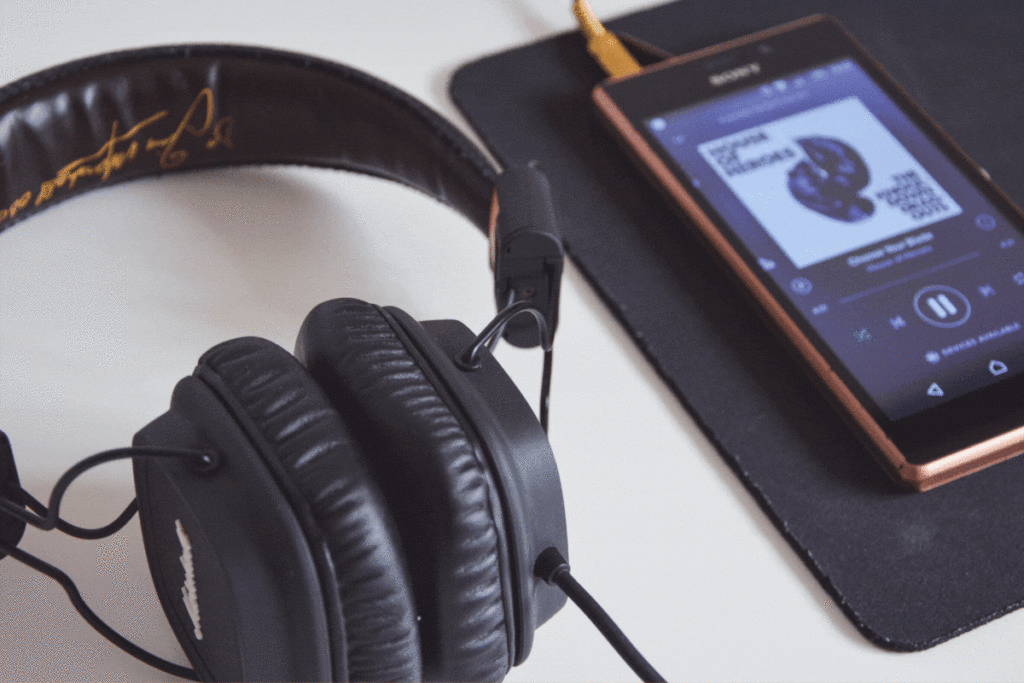Mastering the Art of Podcasting: Top Tips and Strategies
Podcasting has become a popular medium for sharing information, entertaining audiences, and building communities. With its growth in popularity, many individuals are now considering a career in podcasting. Whether you’re a seasoned professional looking to enhance your skills or a beginner wanting to dive into the world of podcasting, this article will provide you with a comprehensive guide on how to get started, what equipment you’ll need, how to plan and structure your podcast, and tips for promoting and growing your audience.
Before diving into the technical aspects of podcasting, it’s important to define your podcast’s niche and target audience. What topics are you passionate about? What type of audience are you hoping to attract? Answering these questions will help you create content that resonates with your listeners. Additionally, it’s crucial to research and listen to other podcasts in your niche to understand what works and what doesn’t.
Equipment and Software
Investing in quality equipment is essential for producing a professional-sounding podcast. While you don’t need to break the bank, there are a few key items you’ll need. These include a microphone, headphones, a pop filter, and a soundproof space for recording. Additionally, you’ll need editing software to fine-tune your episodes. Popular options include Adobe Audition, GarageBand (for Mac users), and Audacity (a free option for both Mac and PC users).
Planning and Structuring Your Podcast
A well-structured podcast keeps listeners engaged and coming back for more. Start by outlining your episode’s main points and organizing them in a logical order. Consider incorporating storytelling elements, interviews with experts, or even listener questions to add variety and depth to your episodes. Remember to keep your episodes concise and focused, typically ranging from 20 to 60 minutes in length.
Recording and Editing
When it comes to recording, find a quiet space where you won’t be interrupted. Use a microphone stand or boom arm to position your microphone at the correct height and distance from your mouth. Speak clearly and avoid any distracting background noises. Once you’ve finished recording, it’s time to edit. Remove any mistakes, awkward pauses, or background noise. Add intro and outro music, and consider using sound effects or jingles to enhance your episodes.
Publishing and Promoting Your Podcast
Once your episodes are edited and ready to go, it’s time to publish them. Choose a podcast hosting platform like Libsyn, Podbean, or Anchor, and upload your episodes. These platforms will generate an RSS feed that you can submit to podcast directories like Apple Podcasts, Spotify, and Google Podcasts. Don’t forget to create eye-catching cover art and write compelling episode descriptions to attract potential listeners. To promote your podcast, leverage your existing social media channels, reach out to other podcasters for collaborations or guest appearances, and consider running ads or cross-promotions with related podcasts.
Growing Your Audience
Building an audience takes time and effort, but with consistency and strategic promotion, you can grow your podcast’s reach. Engage with your listeners by encouraging them to leave reviews, ratings, and comments. Respond to their feedback and questions, and consider incorporating listener suggestions into future episodes. Collaborate with other podcasters, industry experts, or influencers to tap into their audience and gain exposure. Lastly, don’t forget to leverage your personal network and ask friends and family to listen, subscribe, and share your podcast.
Key Takeaways
- Define your podcast’s niche and target audience to create content that resonates with listeners.
- Invest in quality equipment such as a microphone, headphones, and editing software for professional-sounding episodes.
- Plan and structure your podcast by outlining main points and incorporating storytelling elements or interviews.
- Find a quiet space for recording, speak clearly, and edit out mistakes or background noise.
- Publish your episodes on podcast hosting platforms and promote them through social media, collaborations, and cross-promotions.
- Engage with your audience, encourage reviews and feedback, and collaborate with others to grow your podcast’s reach.
Now that you have a solid understanding of podcasting, it’s time to put your knowledge into action and start creating your own podcast. Remember, consistency and quality content are key to building a loyal audience. If you’re looking to further enhance your podcasting skills and gain a deeper understanding of the music industry, consider enrolling in the NYU x Billboard | Music Industry Essentials online course and certificate program offered by Yellowbrick. This comprehensive program will provide you with valuable insights and practical knowledge to take your podcasting journey to the next level. Get ready to make your mark in the world of podcasting and the music industry!








